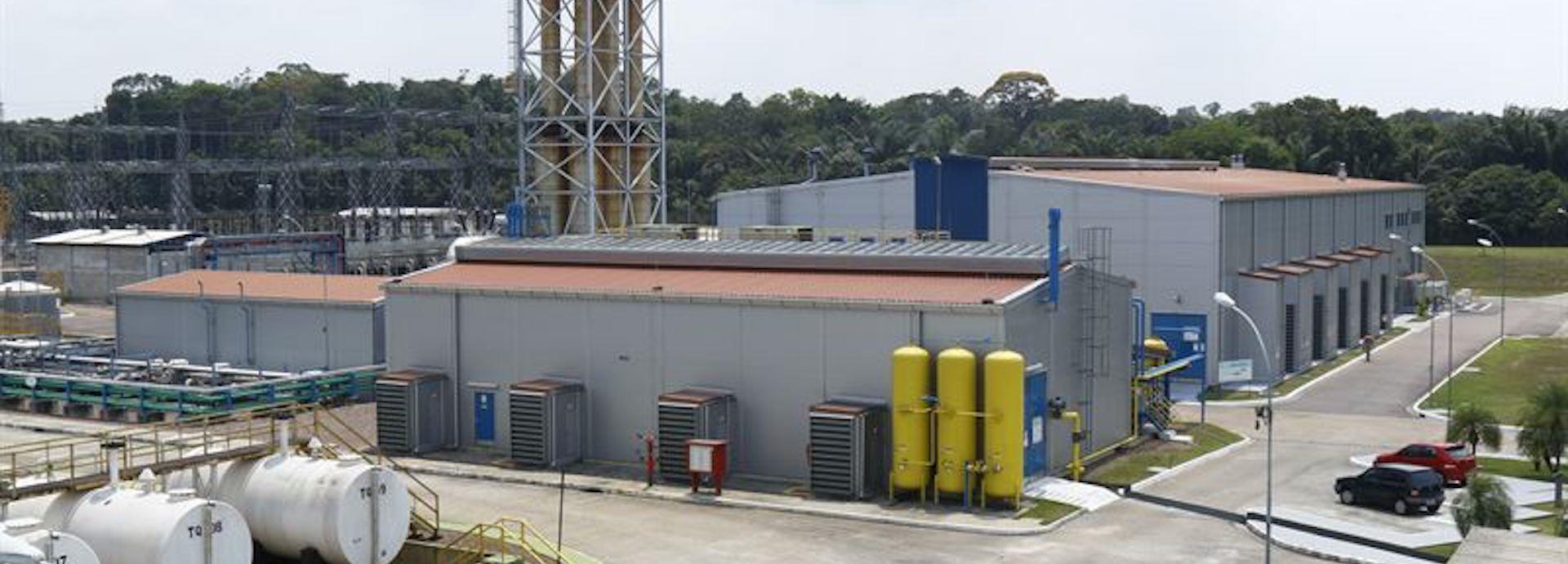

Brazil’s example shows the role gas conversions can play in making power plants more sustainable while increasing profitability.
If you want to climb a mountain, you have to put one foot in front of the other. The same is true for reaching a 100% renewable energy future: we need to take it one step at a time. One important step in this journey is improving power plants by converting them to run on natural gas.
“The reasons to convert a plant to use gas as a fuel depends upon the individual situation, but generally it comes down to improving plant performance,” says Peter Nylund, Manager, Business Development, Services projects, Wärtsilä Energy. “We want to improve the levelized cost of energy and help the business grow by meeting the demand for cleaner fuels.”
Gas conversion can improve an energy plant’s performance in a variety of ways. One of the most important is optimised operational expenses (OPEX): it can reduce fuel, lube oil, and, maintenance costs. A conversion can improve fuel flexibility, so the plant can change between different fuels. It can reduce emissions – quite dramatically when compared with heavy fuel oil (HFO). Last but not least, a Wärtsilä gas power plant has very high flexibility and can quickly start and stop to support the intermittent energy of renewable sources such as wind or solar.
Wärtsilä has carried out gas conversions on every continent except Antarctica, and averages about 80 such projects annually. Gas conversions are part of Wärtsilä’s lifecycle upgrades, which aim to provide value to customers’ power plants over their lifetimes. Other lifecycle solutions include upgrades to maximise plant performance and extend its lifecycle as well as a variety of operational and maintenance agreements.
Saving money and the environment
Manaus, Brazil, is the site for one of Wärtsilä’s newest gas conversion projects. The company will convert the Cristiano Rocha plant owned by Rio Amazonas Energia to natural gas and increase the output from 85 MW to 92 MW.
“The plant was commissioned in 2006 on HFO and converted to gas-diesel in 2013, still using HFO as the pilot fuel,” says Adriano Marcolino, Business Development Manager, Services projects, Wärtsilä Energy. “In 2019, we began discussing a major overhaul and suggested why not convert to gas? We could stop consuming HFO and increase output. When we looked at the economics – fuel cost savings, performance benefit, financing – it was really a no-brainer to convert to gas.”
That opinion was shared by Rio Amazonas Energia.
“We are confident that the engine conversion project will be a great success and we will have a safer plant with greater operational reliability,” says Sandro Fernandes Souza, Plant Manager, Rio Amazonas Energia, UTE Cristiano Rocha. “Our team is very proud of going ahead and being part of the first plant to be converted. Renewed assets with a higher reliability allow us to dream of a possible contract extension to keep supplying energy for the Manaus Electrical grid.”
The economic benefits of converting to gas can be substantial: Nylund suggests fuel costs can make up 70-80% of the total business case. It is impossible to know the costs of fuel in the future, but one analysis from Wärtsilä suggests that spark-ignited gas and dual-fuel engines could have a levelized cost of energy of about a fifth of the levelized cost of HFO engines during a 10-year period.
Additionally, harmful emissions are much lower with gas engines. NOx, SOx and particulates from gas engines are a tiny fraction of that of engines running on HFO.
“Eliminating the use of liquid fuel and reducing atmospheric emissions and waste disposal makes our shareholders sleep more peacefully with the certainty that we are following a sustainable and green path,” Souza adds.
Developing the ‘New Gas Market’
The benefits of gas over HFO are so obvious it seems like every plant should convert, but it isn’t quite so simple.
“The availability of gas is key,” Nylund explains. “If the plant is in a remote location, it could be expensive to ship fuel there. If the plant is close to a pipeline, it could get cheap gas as fuel.”
Brazil has made significant reforms to its energy market in an attempt to develop its natural gas capabilities. The country’s “New Gas Market” policy aims to change regulations and reform the market. The government is also offering financial incentives to use cleaner, more efficient gas. Currently only about 8.6% of Brazil’s primary energy supply comes from gas, but that number is growing quickly. According to the International Energy Agency, Brazil’s use of gas jumped 78% from 2007 to 2017.
More gas conversions to come
“Within another 10 years, the percentage of gas will jump from about 8.6% of Brazilian energy production to 16.3%,” Marcolino says. “One reason for this is because Brazil is adding so much renewable energy capacity. Renewables need complementing energy sources that can quickly start up or stop as needed. There will also be more demand for peaking plants to come in during periods of high demand. Gas works very well in these cases.”
Regulations also increasingly play a part, as governments demand cleaner fuels. This is one way for plant owners to future-proof their assets and protect their original investment when faced with demands to stop using HFO.
“Cristiano Rocha is our first gas conversion with this technology in Brazil, so it is very important in order to showcase what Wärtsilä can do,” Marcolino says. “We already have several more cases we are working on, and there are many more plants in Brazil and around the world we can help. I am very optimistic about the future.”



